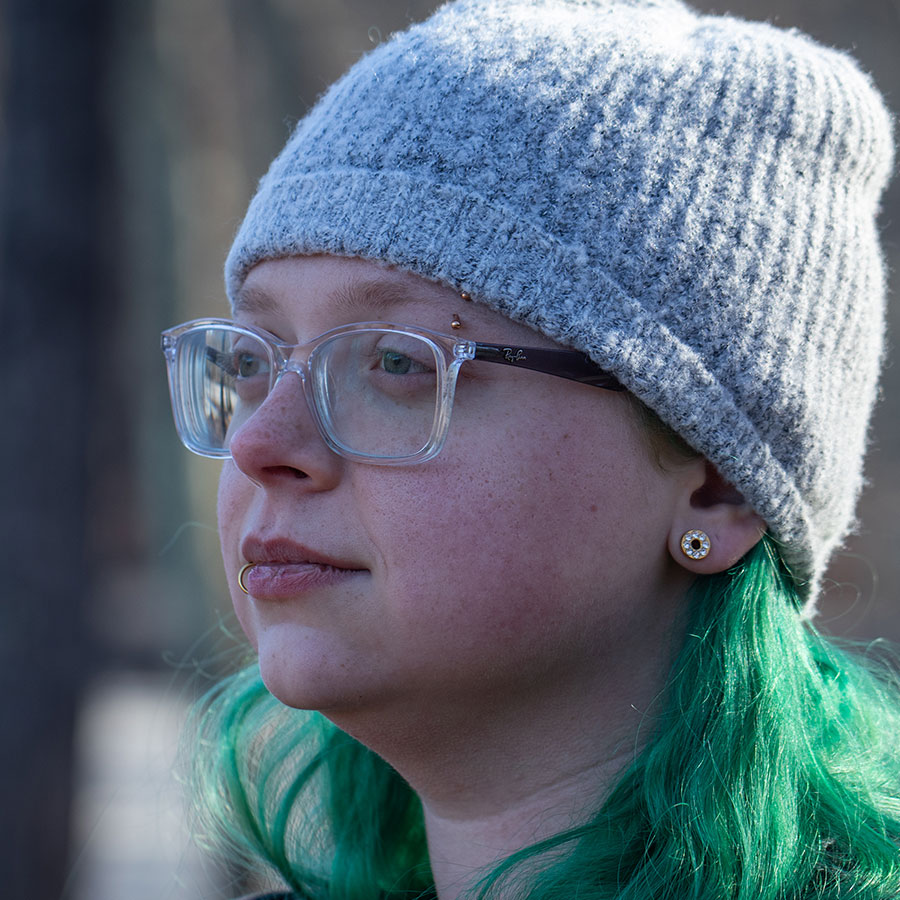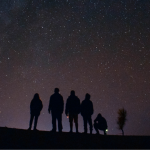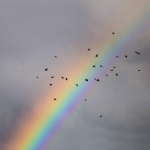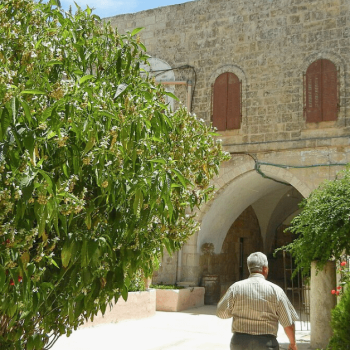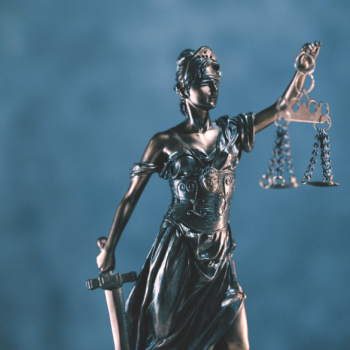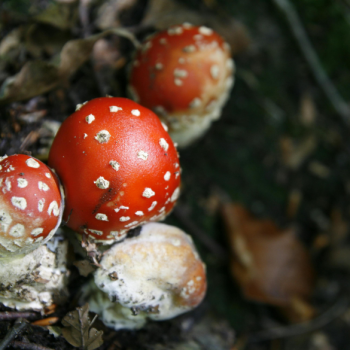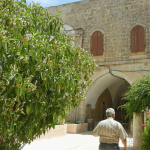As a Christopagan in the Catholic tradition (or a Christopagan by being Catholic, at least according to some), the relationship between saints and gods is not lost on me. Christianity has had a long history of incorporating saints into its practice as the Romans did before to ease the process of colonization and conversion. Christianity wants to take on the culture of the land if it makes its subjects find salvation in Jesus, and folk practices have always been maintained by subjugated groups both retaining their own beliefs in hiding and taking ownership of the new domineering religion.
There’s a lot to say about this history, but for now, I will say it is done. For figures that live beyond us, the form of whatever we worship is a creation of the people who made us and a continuation of their ownership to worship our saints incorrectly. The modern Church hates it, too, and that always gives me a little joy.
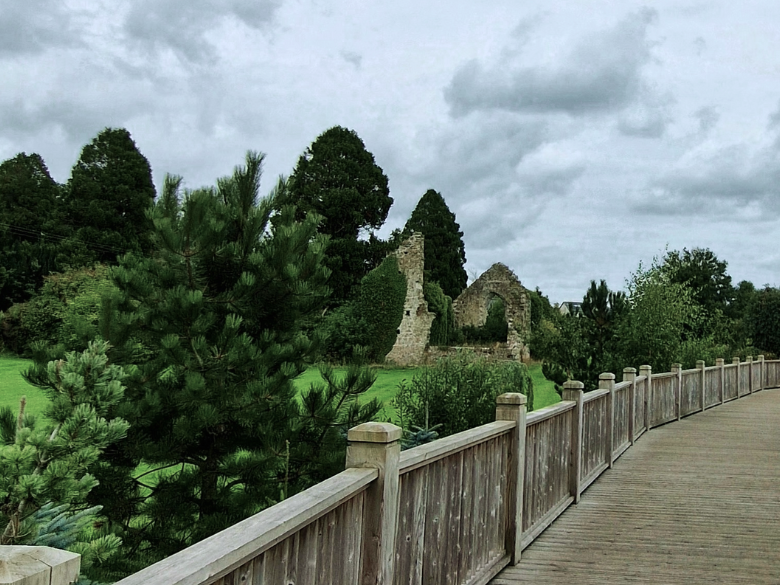
Who is the goddess Brigid?
Brigid in her godly form is a major goddess of pre-Christian Ireland. She is the daughter of the Dagda, who is, most simplistically, the father-god of the pantheon. Her associations are wisdom, healing, poetry, smithing, and domestic animals; historically, she may have been worshipped as a triple goddess: poet-wisewoman, healer, and smith. She also takes on a role as a mother goddess. As a smith, she is associated with fire.
In Irish tradition that is now celebrated widely by neopagan folk, Imbolc, the day set between the winter solstice and the spring equinox welcomes the spring season. This season aligns with the birth season for sheep, naturally aligning this time of the year with a mother goddess of domestic animals.
This day is recognized as St. Brigid’s feast day.
Who is Saint Brigid?
Saint Brigid is the mother saint of Ireland also known as Saint Brigid of Kildare, where hagiographies say she founded the important abbey of Kildare. Her patronage also includes poets, healers, blacksmiths, and livestock workers.
It is easy to see why many suspect this saint was not a real individual, but an interpretation of the Irish goddess. Folklorist Dáithí Ó hÓgáin and others suggest her historical human source could be a chief druid in a temple to Brigid who converted it to a Christian monastery, sparking the biography that becomes attached to this saint-goddess.
Whiteness and culture vacuums
I have that white-person list of European countries inside me, but I grew up knowing myself as Irish. I have my mother to thank for that. It was a point of pride for her I suspect was related to her closeness with the Irish members of her family. I have never had much relationship with my extended family; my lack of object permanence over long distances and times was never going to help that.
For me, being Irish was being my mother’s child, it was my mother’s maiden name. It was in getting a gold Claddagh for my communion and “our” family coat of arms around the house. It was my mother’s Catholicism, corned beef on St. Patrick’s Day, and Christmas in Killarney and The Unicorn Song on repeat for the holiday. It was me annoying my friends by loving the most mainstream of Irish punk-rock and an ill-fated desire to one day like Guinness.
It was, eventually, taking Brigid for a saint name. I was constantly trying to mark myself, to become more Irish. I was, basically, very Irish American, and very White American. Whiteness is an empty identity, made of nothing but its privilege over others. That is not meant to diminish the reality of it, but it is an erasure of the past of anyone identified as white, a necessary severance; without it, we would never be able to pretend Whiteness is coherent.
Maybe it is no surprise that the clearest cultural influences of my past are those that were more recently incorporated into Whiteness. I carry a history of anti-Irish xenophobia and colonialism, a history of disadvantage largely wiped away in access to military jobs and benefits. I am tempted toward another digression–how many families were only lifted by the bootstraps of the continued American colonial project, eaten up by the military-industrial complex, injured and traumatized, and potentially killed to join a class whose only meaning is being above and keeping others below?
Choosing a name
I took a saint name in my confirmation before I ever knew I was trans. By then, however, I already knew that naming was powerful. In my first year of summer camp, I initiated a campaign for the nickname DJ that succeeded in a way I never managed at home, one star in a constellation of early signs that were never seen as such for the light pollution of cisnormativity.
I’ve legally changed my name since. Brigid, instead, is locked in place by catechism and ritual. And it is not one I would want to let go.
When I was confirmed, part of the process involved writing an essay on our chosen saint name. I did not go into this consideration with an attachment to any women saints. The saint I was closest to purely based on the frequency of prayer would have to have been Saint Anthony, one I’d like to call the patron saint of ADHDers: “Saint Anthony, Saint Anthony, please some around, something is lost and it must be found.”
Yeah, I knew him well.
I’d have likely gone for Joan of Arc if I could have. I had a completely inexplicable love for girls masquerading as men to go to war except that I was under the mistaken impression until strangely recently that she was not canonized.
My second choice was vetoed (which I learned later was because my mother knew what I didn’t realize; her story involved sexual violence and a young death.) It is not the way I processed her story. My preoccupation with dead girls of my age cohort was an interesting time in my life that likely had more to do with queerness than my impending depression.
Left adrift, I searched for a saint in the most Catholic part of me; my deep and disconnected Irish heritage.
Brigid, my saint name
I quickly found the patroness of Ireland, Saint Brigid of Kildare.
I read two stories about her, and they were enough, similar versions of the same themes I had circled before, and similar to each other.
In the first, Brigid devotes herself to a life of chastity for God, to the dismay of the men of her family, her brothers “deprived” of her bride price. While aiding a group of poor people living nearby, a group of her brothers began to laugh at her, and one said:
“The beautiful eye which is in your head will be betrothed to a man though you like it or not.”
Maybe you can guess at the response. Brigid stuck a finger in her eye and responded, “Here is that beautiful eye for you. I deem it unlikely that anyone will ask you for a blind girl.” When there was no water near to clean the wound, she would lead her brothers to place a staff in the ground, where a stream appeared.
She predicts the man’s eyes will burst from his head, and they do. At this point, her father permits her to take the veil.
Wonder why.
The other states that, inspired to become Christian and take care of those in need. Her father, of course, would rather her find a husband. So Brigid prays to God that her beauty is taken and he answers this prayer. Brigid eventually gives her father’s jewel-encrusted sword to a “leper” and her father lets her enter the convent. Brigid not only regains her beauty after making her vows but becomes even more beautiful.
Two stories rejecting beauty and strict binary womanhood (one and the same, even) for God and in him, self-direction. This was the God I believed in, one who would liberate us from gender for our true purpose, one that used social stigma for liberation, one that would not make me be someone I was not.
He is also a God backing Brigid’s plays. She does not ask before she pokes out one of her eyes, and she does not ask for her beauty back. While she lives a life in aid of others, she ultimately wants to live her life and her values. She does not wait for God, she does not expect him; she seeks him.
Christopaganism, deities, and the complexities of hagiography
I don’t like playing the game of the historicity of saints, but I can acknowledge the complex realities of true converts, pressure to conversion, and syncretism born out of genuine cultural engagement and changing beliefs beside syncretism born of necessity under violence.
My beliefs are grounded in a conviction that the Divine will manifest as it must, that the Divine must manifest and re-manifest when intersecting a reality that can not display it as one, and that the Divine will reach us in unique ways. Some of these unique ways are individual experiences of a shared religion, shared rites and rituals in community, and independent practices. For some, the Divine comes as a pantheon, coherent or mixed.
I am a human, and I am, as we are all, a complex manifestation of my ancestors and their history, of the stories society tells about my origins, my upbringing, and my body, about my life and how I live it, about who I believe I am, who I tell the world I am, and who I seek solidarity with.
In all of this, St. Brigid is an old part of my story, over a thousand years ago and over ten. Brigid is a future, a Goddess on the periphery, one I’ve found has been patient with me. I do not call her part of my pantheon, because I am not prepared to behave how a devotee would. I have a bad habit of making promises I cannot deliver on, but I do not make promises I do not intend to keep.
Whatever their history, they come to me entwined and distinct, and that is the way I will treat them.


